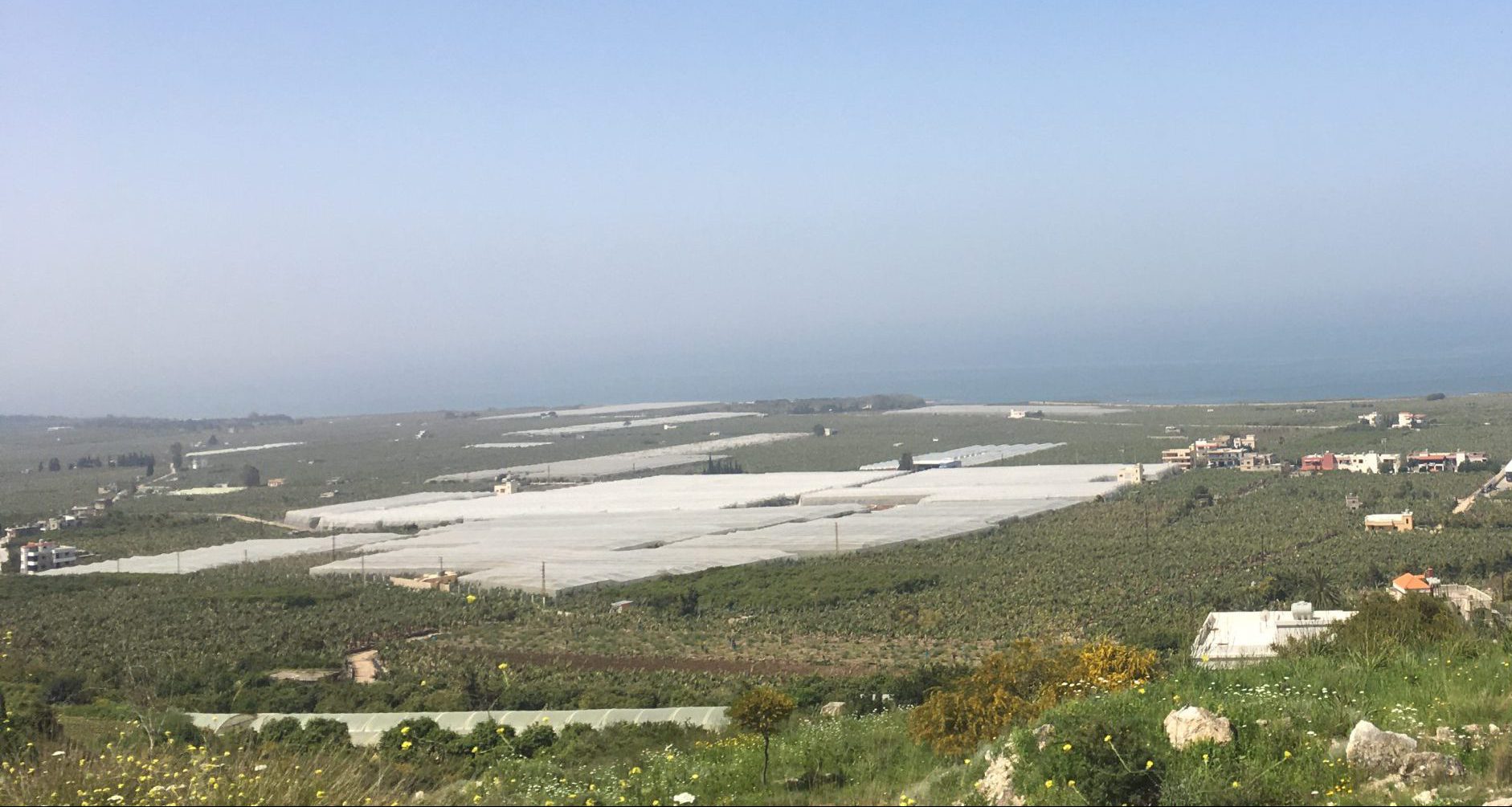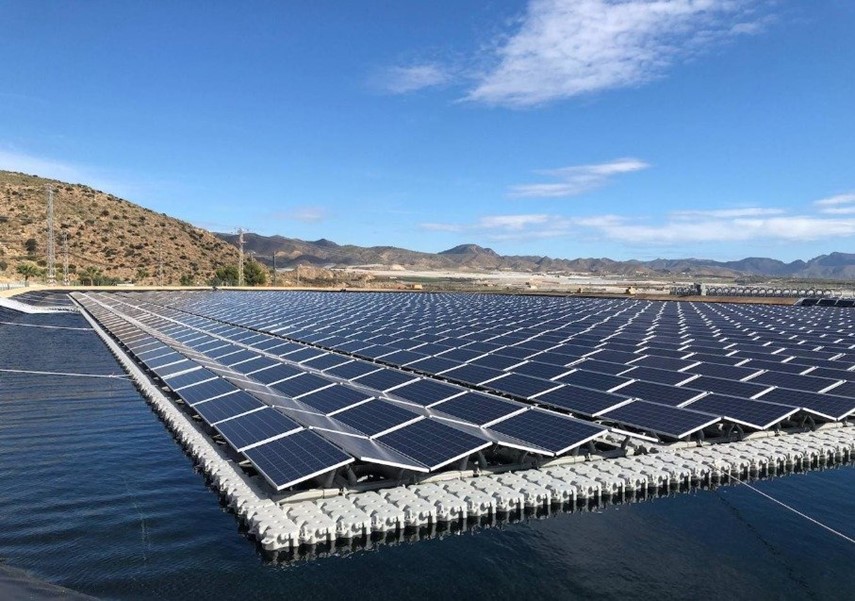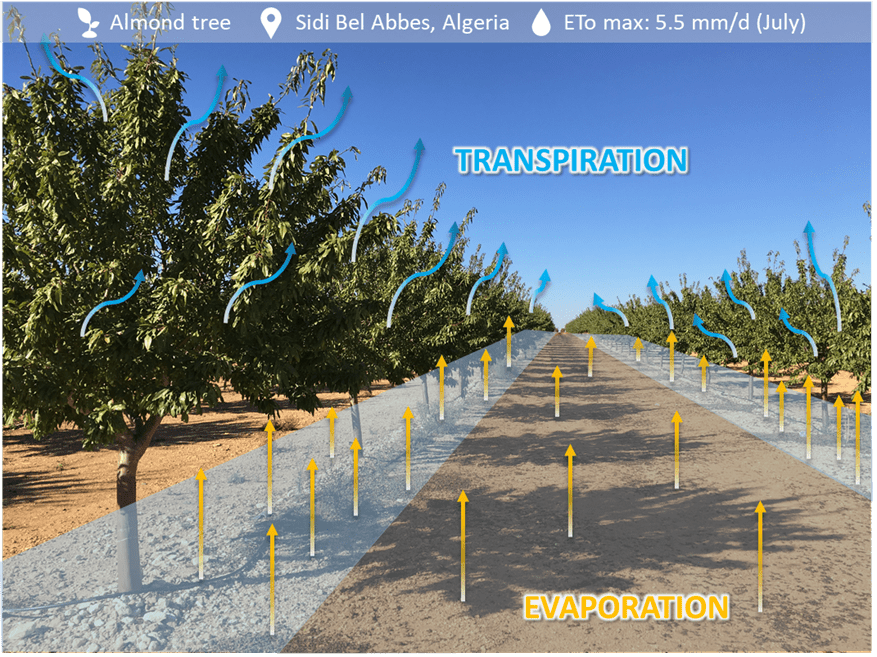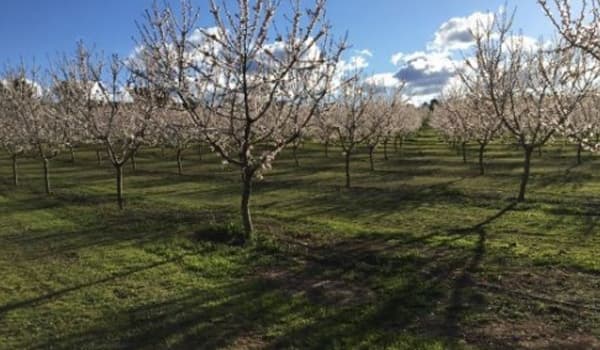Table of contents
When faced with a new irrigation project, the first step is to determine the calculation bases so that the results are reliable and accurate. The evapotranspiration (ET) parameter is perhaps the most relevant of all. Underestimating this value may result in water stress in the crop and consequent yield loss. Conversely, an overestimation of ET can lead to high material and installation costs.
It is therefore necessary to correctly determine the evapotranspiration value, as this is the starting point for all other calculations in the design phase. But what is evapotranspiration?
FAO defines ET as “the combination of two separate processes by which water is lost through the soil surface by evaporation and on the other hand by crop transpiration“.
These are two separate processes, but they are strongly interlinked. Let’s focus on each one separately:
EVAPORATION
You have probably noticed the steam that is produced when you heat water in a pan for cooking. That steam is precisely the result of the evaporation of water, but what exactly is happening there?
Let us start from the beginning. Water can occur in 3 different states: solid, liquid and gas. This translates into ice, water and steam. The energy level determines the state in which the water particles are presented. Thus the solid state is the lowest energy level, while steam is the highest.
Thus, when we pour water into a pan to cook rice and heat it, the energy state of the water increases progressively until it reaches the limit where it changes state from liquid to gas: steam. This is known as the evaporation process. The steam escapes from the pan into the atmosphere.
Water can evaporate from any surface, such as seas, oceans and rivers, and even the roof of a house. Returning to the previous example of the kitchen, if we exchange the pan for agricultural land and the fire that heats it by solar radiation, we find evaporation from the ground into the atmosphere. This process occurs naturally everywhere.
Depending on the energy of solar radiation (together with other climatic factors), water vapour leaves the ground surface at a different rate. This indicates that the evaporation process depends on local climatic conditions, which can vary on a daily basis.
The rate of evapotranspiration varies daily and is directly dependent on solar radiation and other climatic conditions.
On the other hand, the type of soil affects the evaporation rate from the soil surface, since depending on the soil texture, the particles retain the water between the pores with greater or lesser “force”. Similarly, if we install some kind of cover on the ground, whether natural or artificial, the direct action of the sun on the surface of the soil is reduced, also reducing evaporation.
Soil texture, moisture and soil cover also condition the level of evaporation.
In the photograph above, we can see the installation of a series of photovoltaic panels on a floating structure on an irrigation reservoir. Instead of energising (evaporating) the water, the solar energy incident on the surface is used to generate electricity. This reduces water losses through evaporation and energy is obtained from a renewable and sustainable source.
TRANSPIRATION
Imagine a healthy plant growing in your garden. Roots are developed deep down and obtain nutrients and water throughout the soil. This water and nutrient solution rises from the roots through the plant’s entire vegetative structure to the leaves. It is mainly in the leaves that this water and the dissolved nutrients are used to generate the energy needed to continue growing and developing the vegetative organs. The water that is not consumed in this process is released through a kind of window on the underside of the leaves (stomata). This volume of water, which has passed from the leaf to the atmosphere, is known as the transpiration process.
Generally, the more developed the plant is, the more water and nutrients it requires, resulting in higher transpiration. However, if there is not enough soil moisture available to the plant, the stomata will be inactive and the transpiration process will be interrupted.
The rate of transpiration varies on a daily basis, as it is directly dependent on local climatic conditions and on the state of growth and health of the plant.
EVAPOTRANSPIRATION
So, by adding together the amount of water evaporating directly from the soil and the amount transpired by the plant, the evapotranspiration rate is obtained.
These two parameters, evaporation and transpiration, are closely linked when it comes to irrigation application. The irrigation system used will determine the proportion of each of these parameters, as a sprinkler irrigation system is not the same as a localised irrigation system.
Did you know that only 1-5% of the water absorbed by plants is used in their own metabolism, while the remaining 95-99% is released into the atmosphere (transpired)?
DRIP IRRIGATION
Irrigation is normally applied during the period of lowest rainfall and highest water demand of the plants, coinciding with the time when the moisture content in the upper part of the soil profile is insignificant for the purpose of accounting for evaporation.
In localised drip irrigation systems, unlike flood irrigation, furrow irrigation or sprinkler irrigation, only a part of the surface area occupied by the crop is moistened, concentrating the application of water in the area of greatest root density of the plant. This facilitates the absorption of water by the roots and reduces water evaporation in the non-cultivated surface area, concentrating irrigation in the application area.
If we manage to reduce the evaporation rate and, at the same time, carry out precision irrigation, we can obtain great benefits by optimising the available resources.
SUBSURFACE DRIP IRRIGATION SYSTEMS (IDS)
One of the advantages of Subsurface Drip Irrigation (SDI) is the application of water in such a way that the moisture does not reach the surface of the soil, preventing water loss through evaporation. In order to obtain the correct functioning of this irrigation system, it must be designed, installed and operated by specialised irrigation personnel.
If we have a low water supply and/or the quality of the water is not the most suitable for irrigation, SDI systems can be a good solution. The emitter pipes are buried at a certain depth – depending on the crop, planting system and soil type – and once the water is injected, it is applied directly where the active roots of the plant are located. In this way, we avoid the appearance of moisture on the surface of the soil. The irrigation application efficiency – not only of water, but also of nutrients – obtained with the SDI system is the highest of all, reducing operating costs as well.







